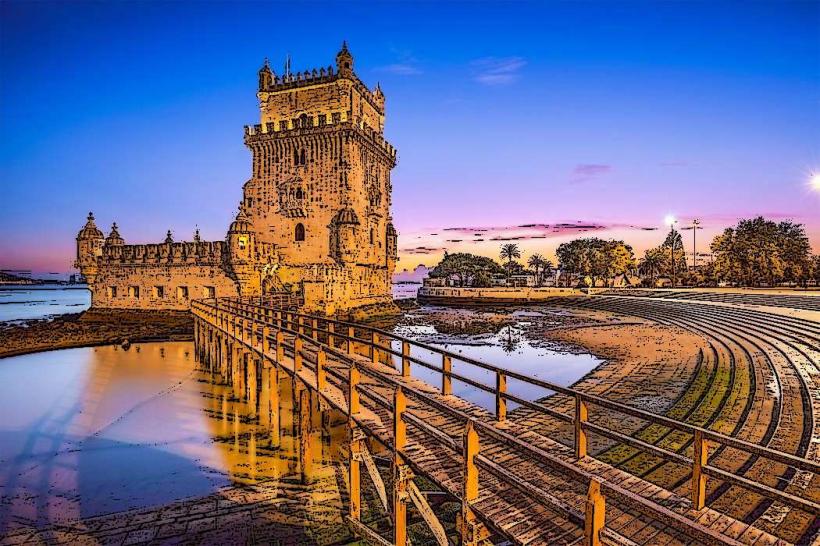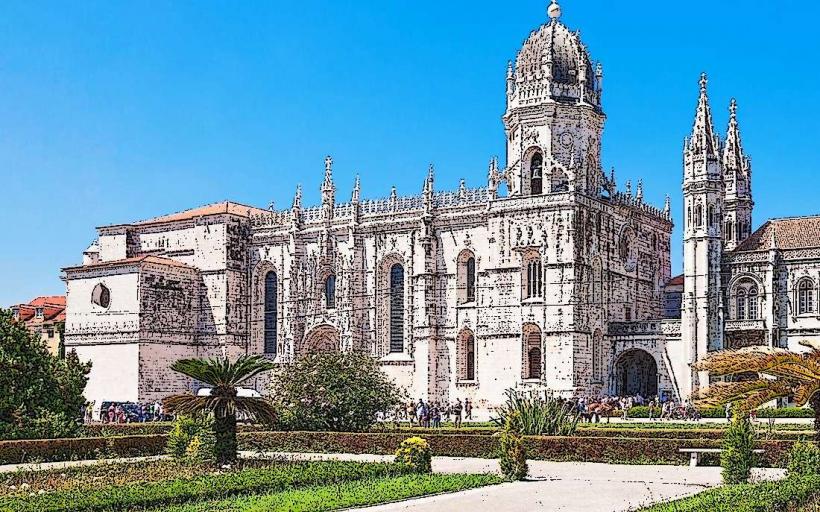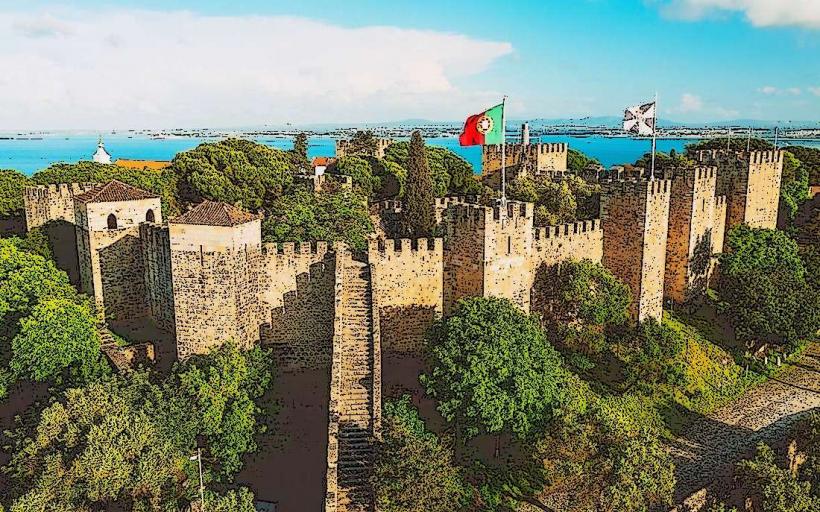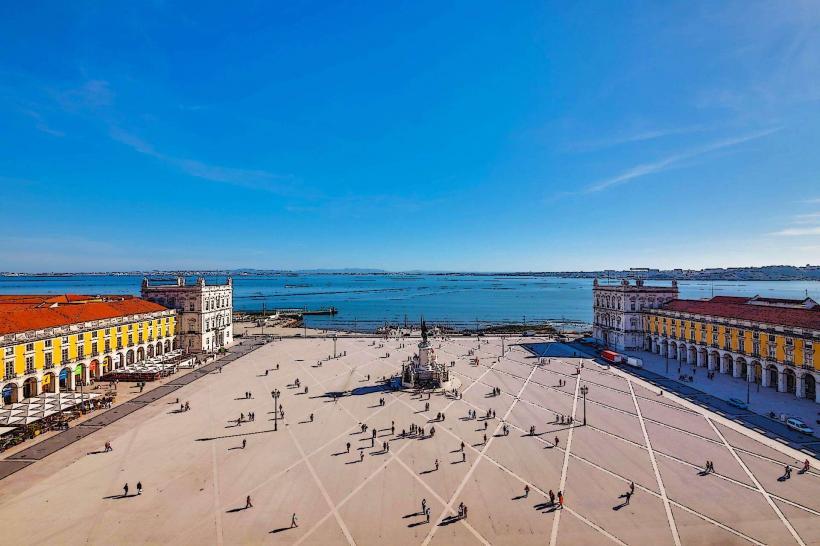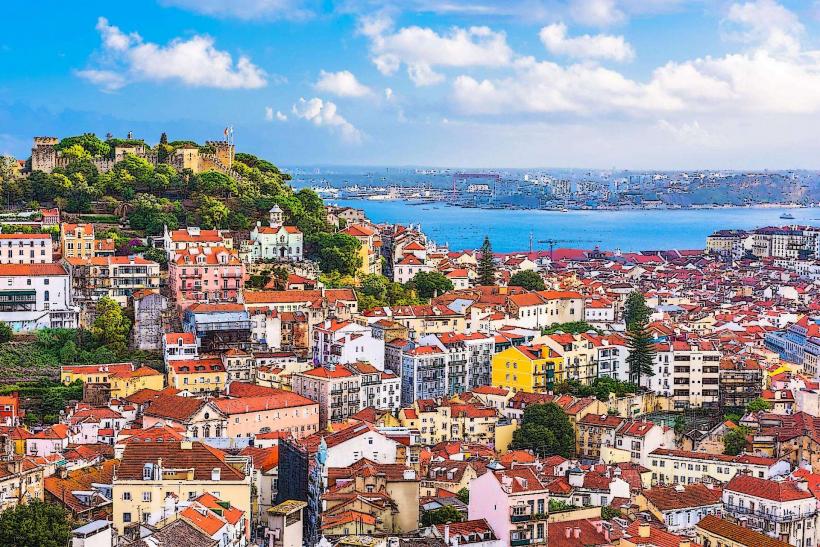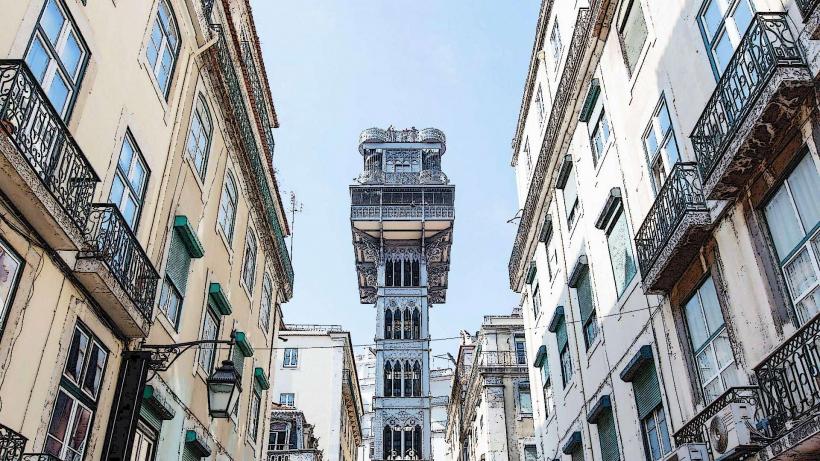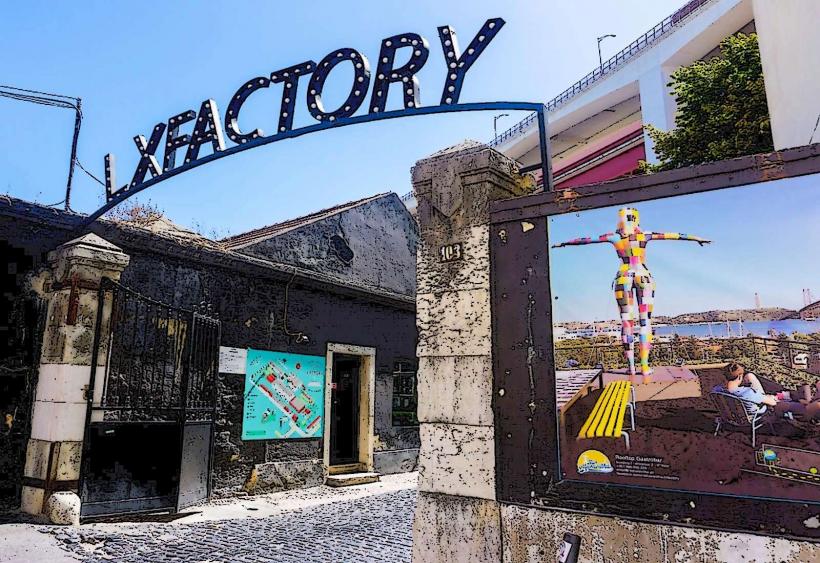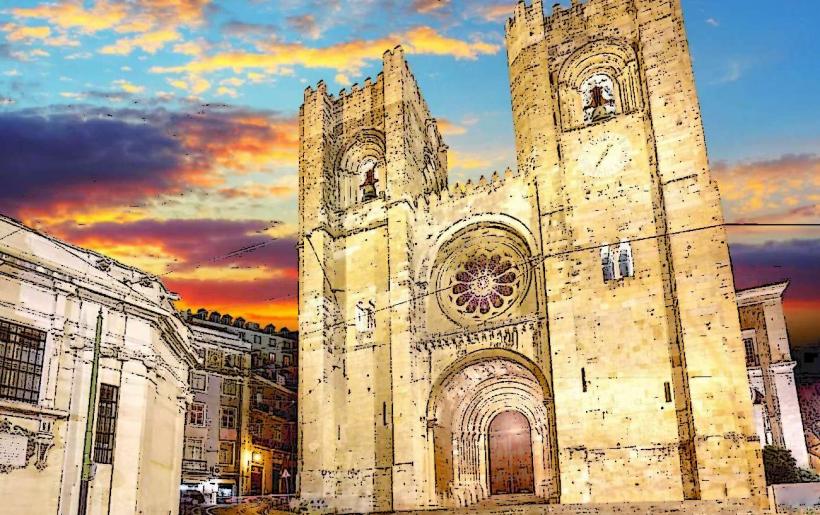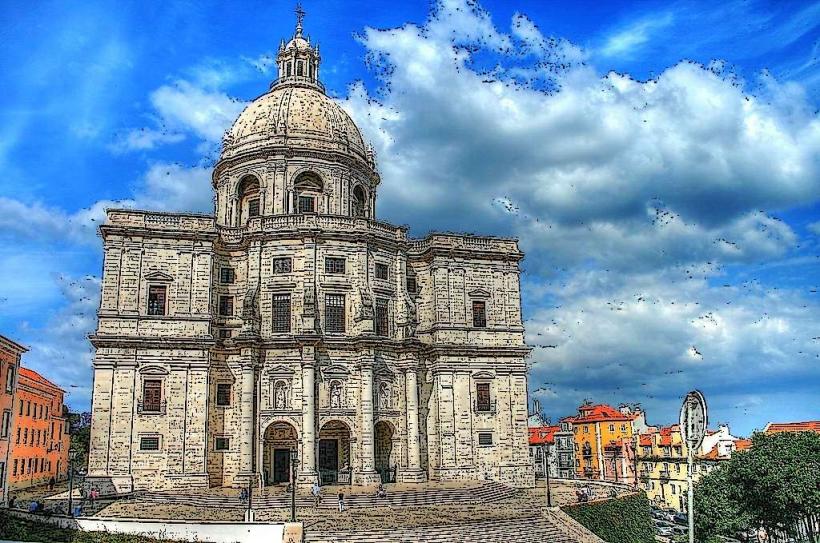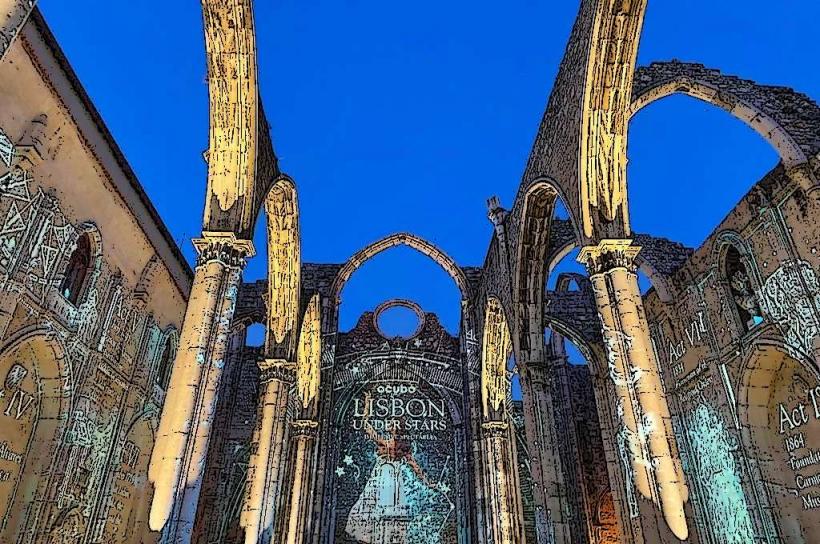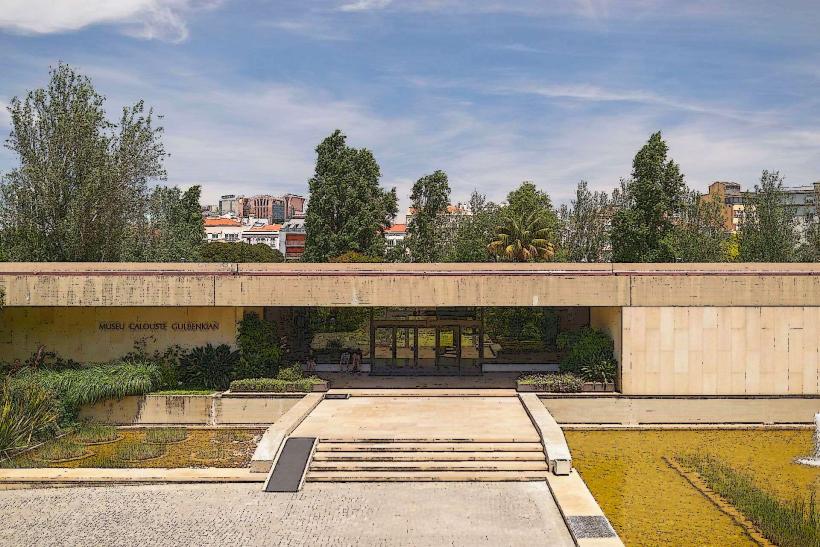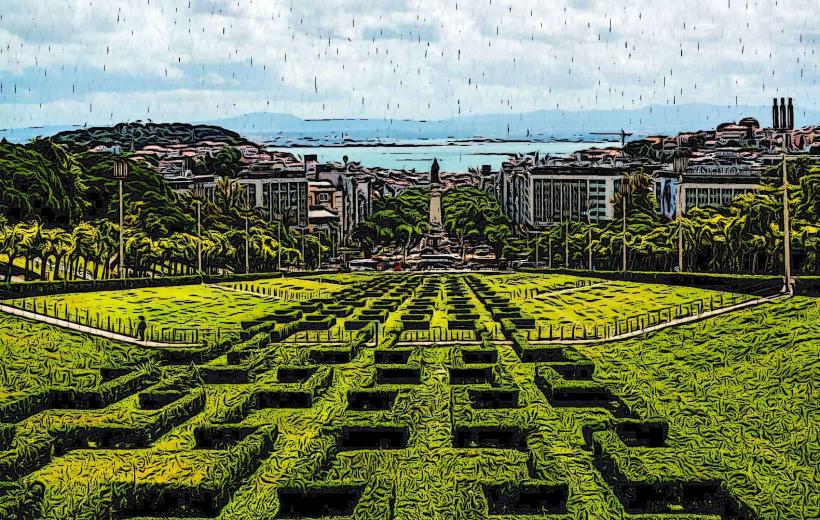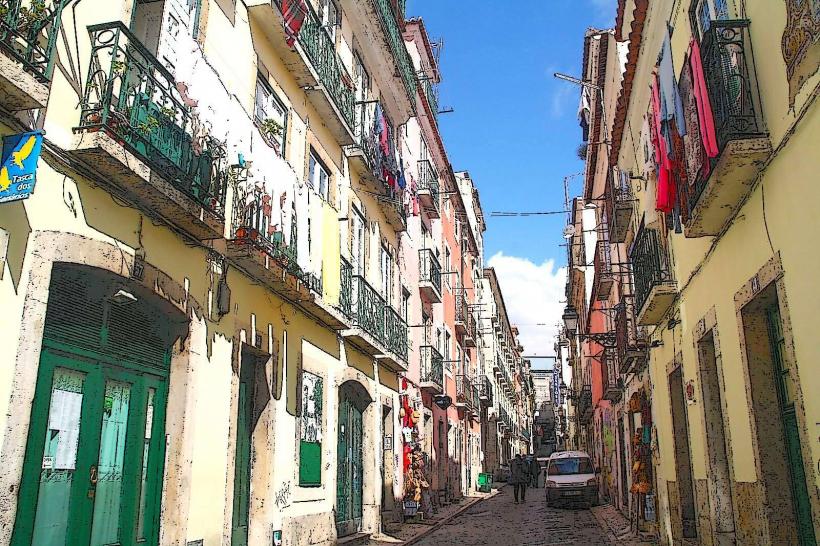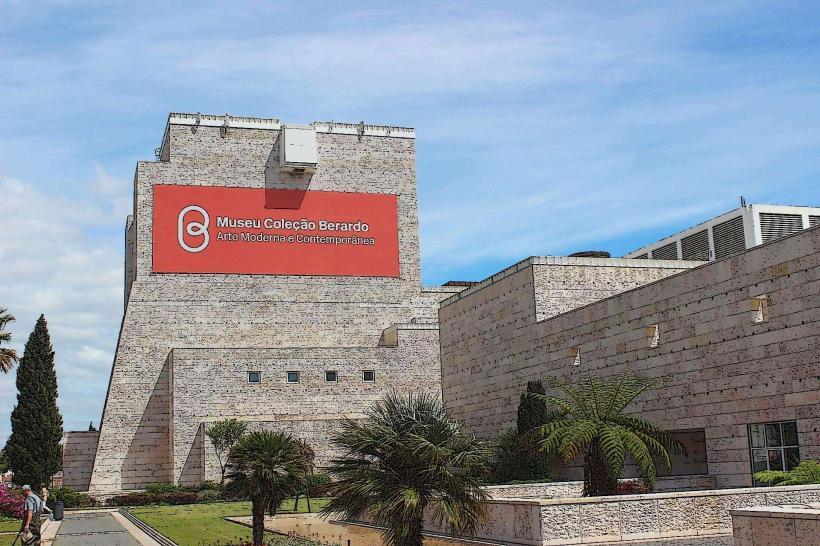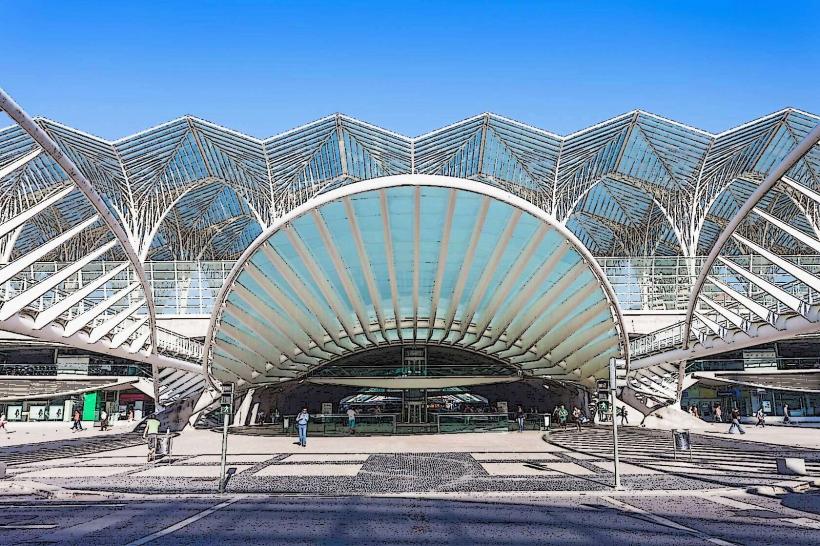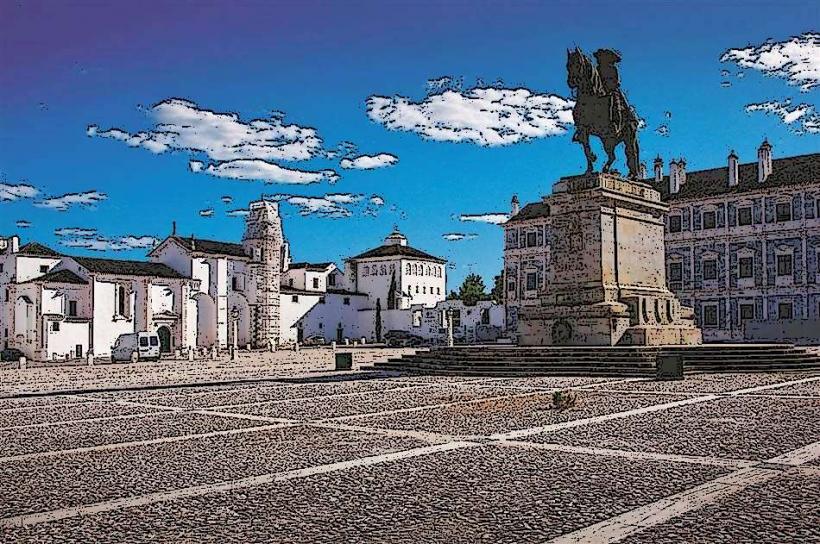Information
Landmark: National Tile MuseumCity: Lisbon
Country: Portugal
Continent: Europe
The National Tile Museum (Museu Nacional do Azulejo) is one of the most distinctive and fascinating museums in Lisbon, Portugal. Dedicated to the art of azulejos — the traditional painted ceramic tiles that are an integral part of Portuguese culture — the museum offers a deep dive into the history, craftsmanship, and significance of this art form.
1. History and Establishment
- Origins: The museum was founded in 1965 and is housed in the former Convent of Madre de Deus, a 16th-century convent. The convent itself is a historically significant site, with a beautiful architecture and rich history that complements the museum’s focus on decorative arts.
- Building’s History: The Convent of Madre de Deus was originally built in 1509 by Queen D. Leonor, the wife of King Manuel I of Portugal. It served as a religious institution for many centuries. Over time, the convent’s architectural and decorative elements, including its tiles, became a showcase of Portuguese craftsmanship.
- Museum's Mission: The museum’s primary focus is to preserve and exhibit the history of azulejos from their origins in Arab Spain in the 15th century to their development in Portugal and across the world. It aims to highlight the cultural importance and technical artistry behind the tiles that are found throughout Portugal, in both public and private spaces.
2. The Collection
The National Tile Museum boasts one of the most comprehensive and stunning collections of azulejos in the world. The collection spans several centuries, offering a complete historical overview of tile production and usage in Portugal.
- Azulejos from the 15th to 20th Century: The museum showcases the evolution of azulejo design from the 15th century to modern times. The earliest pieces in the collection are Moroccan-style tiles, which were introduced to Portugal during the 16th century as a result of the country’s close ties with the Arab world. These early tiles were often geometric and monochromatic.
- Blue-and-White Tiles: One of the most famous styles in Portuguese azulejos is the blue-and-white tiles that became prevalent in the 17th century. These tiles often depict historical scenes, religious subjects, and everyday life. The museum has an impressive array of these tiles, which are iconic in Lisbon and across Portugal.
- Baroque and Rococo Tiles: As Portugal's architectural style evolved, so did the design of azulejos. The museum's collection includes tiles that reflect the elaborate Baroque and Rococo styles, featuring ornate patterns, religious imagery, and mythological scenes.
- Modern and Contemporary Azulejos: The museum also includes modern tiles, showcasing how the tradition of azulejo-making has been maintained and adapted by contemporary artists. There are examples of avant-garde tile designs, reflecting the changes in artistic styles throughout the 20th century.
3. Key Exhibits and Highlights
- The Famous "Panel of Lisbon": One of the museum’s most important and visually striking pieces is the “Panel of Lisbon”, a large azulejo mural depicting the city of Lisbon as it appeared in the 18th century. Measuring about 23 meters long, the mural offers a fascinating glimpse into the city’s architecture, streets, and life during that period. It’s one of the largest and most famous azulejo panels in the world.
- Religious and Secular Themes: Many of the tiles on display reflect both religious themes, such as biblical scenes and saints, and secular themes, including the portrayal of everyday life, historical events, and decorative patterns. The juxtaposition of these different themes demonstrates the versatility and importance of azulejos in Portuguese culture.
- Decorative Tiles in Architecture: The museum offers insight into how azulejos were used in architecture, not just as wall coverings but also in floors, ceilings, and facades. Visitors can see how tiles adorned the interiors of churches, palaces, and public buildings, often creating a seamless integration between art and architecture.
4. The Building: Convent of Madre de Deus
- Architectural Beauty: The museum is housed in the Convent of Madre de Deus, which is an architectural gem in its own right. The convent features an impressive Manueline style façade, with intricate stone carvings and details. Inside, the building is a Baroque masterpiece, with altars, chapels, and vaulted ceilings adorned with gold leaf and decorative tiles.
- Church of Madre de Deus: The convent’s church, known as the Church of Madre de Deus, is a stunning example of Baroque architecture. The church contains a wealth of gold-leafed woodwork, elaborate altarpieces, and tile panels. It is one of the most beautifully decorated churches in Lisbon and a major part of the museum experience.
- The Cloisters: The museum also occupies the convent's historic cloisters, which provide a peaceful and picturesque space for reflecting on the exhibits. The cloisters are beautifully decorated with tiles, showcasing the use of azulejos in the convent’s own architecture.
5. Exhibitions and Education
- Temporary Exhibitions: In addition to its permanent collection, the National Tile Museum regularly hosts temporary exhibitions that explore specific themes, artists, and periods of azulejo history. These exhibitions often bring in contemporary works that showcase the ongoing relevance and development of the art form.
- Educational Programs: The museum also offers educational programs, including workshops, guided tours, and interactive activities designed to engage visitors with the art of tile-making. These programs are especially popular with school groups, offering children a hands-on way to explore Portuguese history and culture.
- Tile Restoration: The museum is involved in conservation and restoration of historical tiles, and visitors can sometimes see restoration work being done on-site. This effort ensures that Portugal’s cultural heritage is preserved for future generations.
6. Visiting the National Tile Museum
- Location: The museum is located in the Xabregas area of Lisbon, near the Alfama and Graça neighborhoods. It is easily accessible by public transport, including buses and trams. Visitors can take the Metro to Santa Apolónia station and walk to the museum from there.
- Opening Hours: The museum is open daily, with longer hours during the summer months. It is generally closed on Mondays, so it’s recommended to check the opening hours in advance before visiting.
- Ticket Information: Admission to the National Tile Museum is affordable, with discounts for students, seniors, and groups. The Lisboa Card (a tourist pass) provides free entry to the museum.
- Accessibility: The museum is fully accessible to people with reduced mobility, and there are audio guides available in multiple languages to enhance the visitor experience.
7. Nearby Attractions
- Alfama District: The museum is located near the Alfama district, Lisbon’s oldest neighborhood, which is famous for its narrow streets, colorful houses, and traditional Fado music. It’s a great place to wander and experience the authentic charm of the city.
- Graça Viewpoint: Close by, the Graça Viewpoint (Miradouro da Graça) offers one of the best views of the São Jorge Castle and the Baixa district. It’s a peaceful spot to relax and enjoy the scenery after visiting the museum.
- National Pantheon: The National Pantheon (Panteão Nacional), which houses the tombs of important Portuguese figures, is a short distance away from the museum and offers a glimpse into the country’s history.
8. Summary
The National Tile Museum is a treasure trove of Portuguese culture and artistic heritage, showcasing the beauty and history of azulejos. Its collection spans centuries, highlighting the role of tiles in Portugal’s architecture, religion, and daily life. Housed in the stunning Convent of Madre de Deus, the museum is a captivating destination for anyone interested in Portuguese history, decorative arts, or simply the fascinating craft of tile-making. Whether you’re a lover of art or simply curious about Portuguese culture, the National Tile Museum offers a unique and enriching experience.

